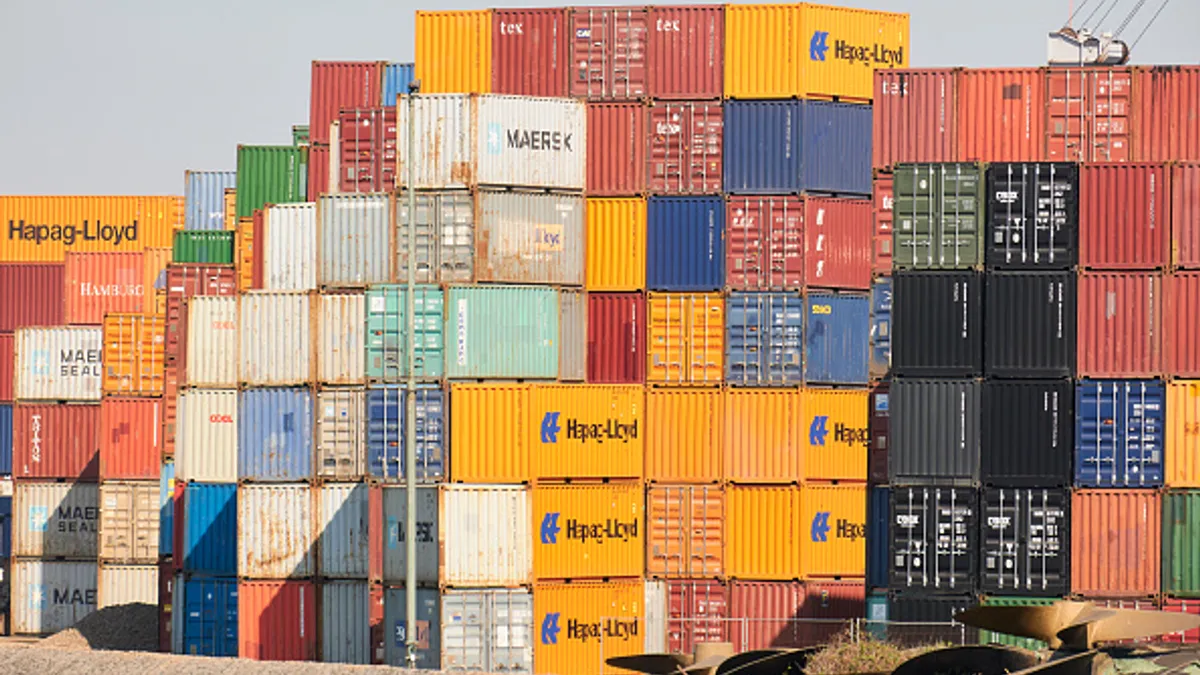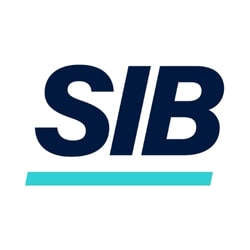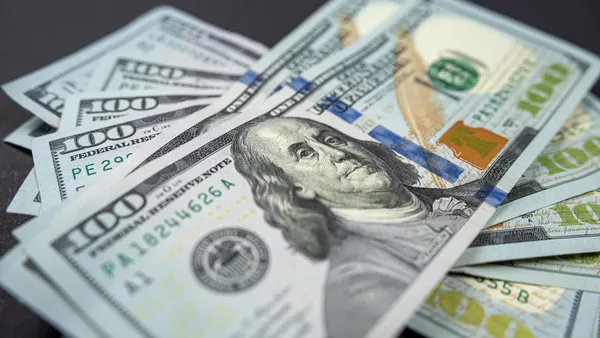Dive Brief:
- U.S. companies should expect Trump administration tariffs to push up trade compliance costs by between 1.4% and 2.5% of the value of a good, the Federal Reserve said, highlighting an extra burden from the import duties.
- Total new compliance costs to manufacturers from the highest U.S. import duties since the 1930s may annually range from $39 billion to $71 billion, Fed researchers said.
- “Additional costs of compliance underlying increasingly complex trade regulations can be economically significant and thus should be explicitly considered and weighed against the intended benefits when crafting trade policies,” the researchers said.
Dive Insight:
Soon after taking office in January, President Donald Trump followed up on a campaign promise to soften regulation across the full range of U.S. industries by ordering the revocation of 10 federal rules for every new one implemented.
During the first six months of Trump’s term, the administration has cut total regulatory costs by $86 billion and reduced time spent on paperwork by 52.2 million hours, according to a mid-year study by the American Action Forum.
Yet all of the deregulatory savings came with the repeal of the Beneficial Ownership Information Reporting Requirement by the Financial Crime Enforcement Network, the forum said. Without the repeal, regulatory costs under Trump would have increased by $1.1 billion and hours of paperwork would have risen by 3.3 million.
Trump’s regulatory rollback may advance in coming months, Douglas Holtz-Eakin, forum president, said in a blog post Friday. Federal agencies have proposed rules that would result in net cost cuts of $6.3 billion and 11.8 million fewer paperwork hours.
“One can’t make a slam-dunk numerical case for this deregulatory effort, but there is a lot of deregulatory work going on below the tip of the iceberg,” Holtz-Eakin said.
Much of the new compliance and reporting costs to companies from Trump’s tariffs stem from greater complexity in determining the rules of origin, or the national source of a product, the Fed researchers said.
In addition to calculating the RoO, automakers seeking preferential tariff treatment for imported goods need to gain certifications for steel and aluminum and the value of labor involved in production, the researchers said.
“The stricter RoO imply potentially higher compliance costs due to higher content requirements and administrative costs of obtaining and filing the relevant documentation,” the central bank researchers said.
Automakers have already reported setbacks from the tariffs. GM paid more than $1.1 billion in tariffs during the second quarter, GM CFO Paul Jacobson said in a second quarter earnings call.
Tariff “mitigation efforts will take time to yield results, limiting their effect on the second quarter,” he said.
“However, we're still tracking to offset at least 30% of the $4 billion to $5 billion full year 2025 tariff impact through strategic actions such as manufacturing adjustments, targeted cost initiatives and consistent pricing,” Jacobson said.
Stellantis, the manufacturer of Jeep pickups, said on July 21 that import duties set it back by $350 million during the first half of 2025.
The Fed study may underestimate the costs from Trump’s import duties, the central bank researchers said.
“We consider our estimates to be a lower bound because in addition to the higher content and reporting requirements, U.S. importers must now navigate increased complexity in the tariff schedule,” they said.
“Increased complexity not only adds to the administrative burden but also potentially increases the risk of errors and associated penalties, further elevating the true cost of compliance for U.S. importers,” according to the researchers.














